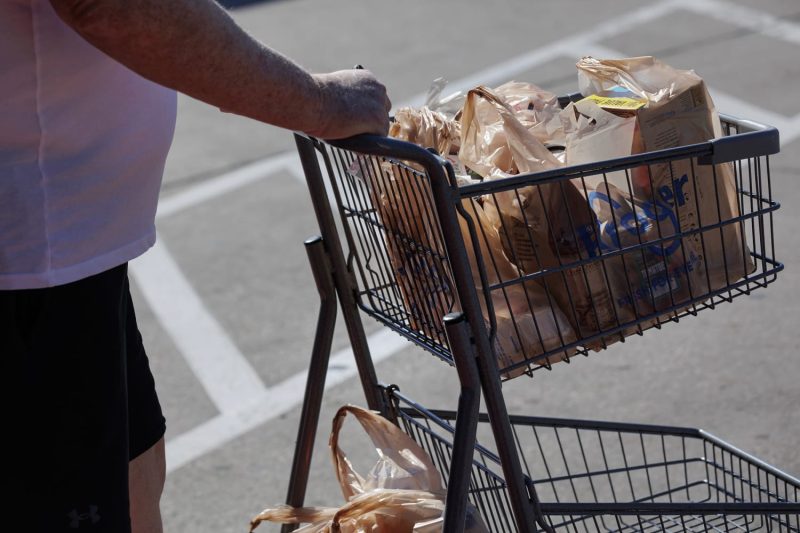The Federal Reserve’s principal measure of inflation, the Personal Consumption Expenditures (PCE) index, saw an unexpected surge in March, climbing 2.8% from a year ago. This phenomenon marked a significant turnaround from the steady inflation rates of around 1% that cropped up in the initial months of 2021. The increase exceeded the forecasted levels, presenting a notable signal of the economic recovery following the pandemic in the United States yet also provoking concerns about potential overheating.
The main driver behind this unexpected surge was primarily the reopening of various economic sectors after a year-long hiatus due to pandemic-related shutdowns and restrictions. The vaccine-driven return to normalcy caused a significant increase in personal consumption expenditures, thus driving up the inflation rate beyond projections. The sharp rise could also be attributed to increased government stimulus measures leading to increased consumer confidence and spending habits throughout the first quarter.
Nonetheless, such a spike brings to the table the question of inflationary pressures and if they could lead to potential economic overheating. Critics argue that excessive inflation might echo the detrimental stagflation phase of the 1970s where stagnant economic growth was accompanied by high inflation. However, optimists are quick to point out that the Federal Reserve has displayed unwavering commitment to supporting the United States’ economy. The Fed’s assurance that it has the monetary tools to manage this situation instils confidence in the economy’s ability to withstand such unforeseen inflationary pressures.
A sectoral analysis of the rise reveals that the most significant increase was witnessed in energy prices. The energy segment advanced by 23.3% from March 2020, fuelled by a steep rise in demand in an increasingly mobile society. Furthermore, goods prices rose by 5.6%, with utilities and recreational items seeing the highest jump, and a surge in food commodities contributed an additional 3.7% rise in goods prices. In contrast, services prices increased by a modest 0.4%, highlighting the continued lag in certain sectors, including tourism and hospitality.
In light of these trends, the Federal Reserve maintains that this is not an unprecedented or unusual situation. They emphasize that the inflation rise was expected, owing to base effects – a statistical phenomenon wherein the inflation rate seems higher as it is compared to a period of low rates. In this case, March 2020, when the pandemic led to decreased spending and hence, lower inflation rates. Consequently, the Fed contends that this spike is transient and the inflation rate will stabilize by next year.
The current situation thus presents a mixed picture, with the rising inflation rate reflecting a bustling economic activity, on the one hand, and raising concerns over possible overheating and the re-emergence of the 1970s-style stagflation, on the other. Therefore, it is crucial to keep a close eye on the developments in the coming months and for policymakers to be prepared with counter-measures, should the inflationary trend persist beyond the Fed’s expectations.
The comprehensive implications of this inflation rise will depend largely on how this trend evolves over the coming months, the nature of the policies and modalities devised by the Federal Reserve to handle this potential economic challenge, and how other economic sectors continue to recover in the post-pandemic scenario. The ability to strike a balance between stimulating growth and managing inflation will be a true litmus test for the U.S economic machinery in 2021 and beyond.




